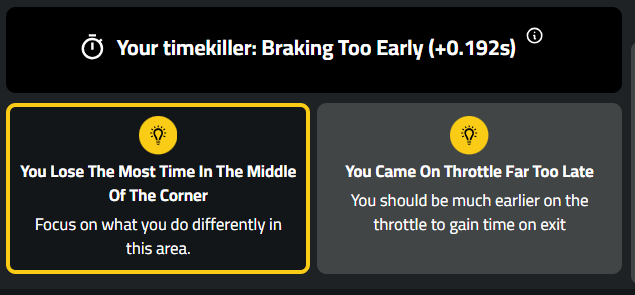Understanding Toe in Sim Racing: How to Improve Stability and Responsiveness
In sim racing, understanding the basics of toe is essential to optimizing your car's stability and responsiveness on the track. Toe refers to the angle at which the wheels are angled and can be adjusted to reduce understeer or oversteer.
A car has three types of toe: in, out, and neutral. If the wheels are parallel to each other, it's called neutral toe. When the wheels point inward, it's toe-in, and when they point outward, it's toe-out.
Toe mostly impacts a car's stability and responsiveness. By changing the toe, you can make your car more stable or more responsive, reducing understeer or oversteer. A rule of thumb is that toe-in makes the car more stable, while toe-out makes it more responsive.
To use toe to your advantage in an actual setup, start by testing out your current setup and noting if it feels understeery or oversteery in the corners and stable enough on the straights. Once you have a good idea of the problems you want to solve, you can adjust the toe using the following steps:
If the car is not responsive enough, decrease the amount of toe-in at the front wheels or decrease the toe-in of the rear wheels. However, be careful not to set your rear wheels to toe-out because it will make your car very unstable.
If the car is not stable enough, increase the amount of toe-in the front wheels have or increase the toe-in of the rear wheels to make the backside more stable and reduce oversteer.
Make small, incremental changes and test them out to see if they have the desired effect. This way, you'll make sure you don't end up with a car that doesn't want to turn or spins out in every corner.
By understanding toe and adjusting it to suit your driving style, you can improve your sim racing performance and dominate the competition.


.png)























